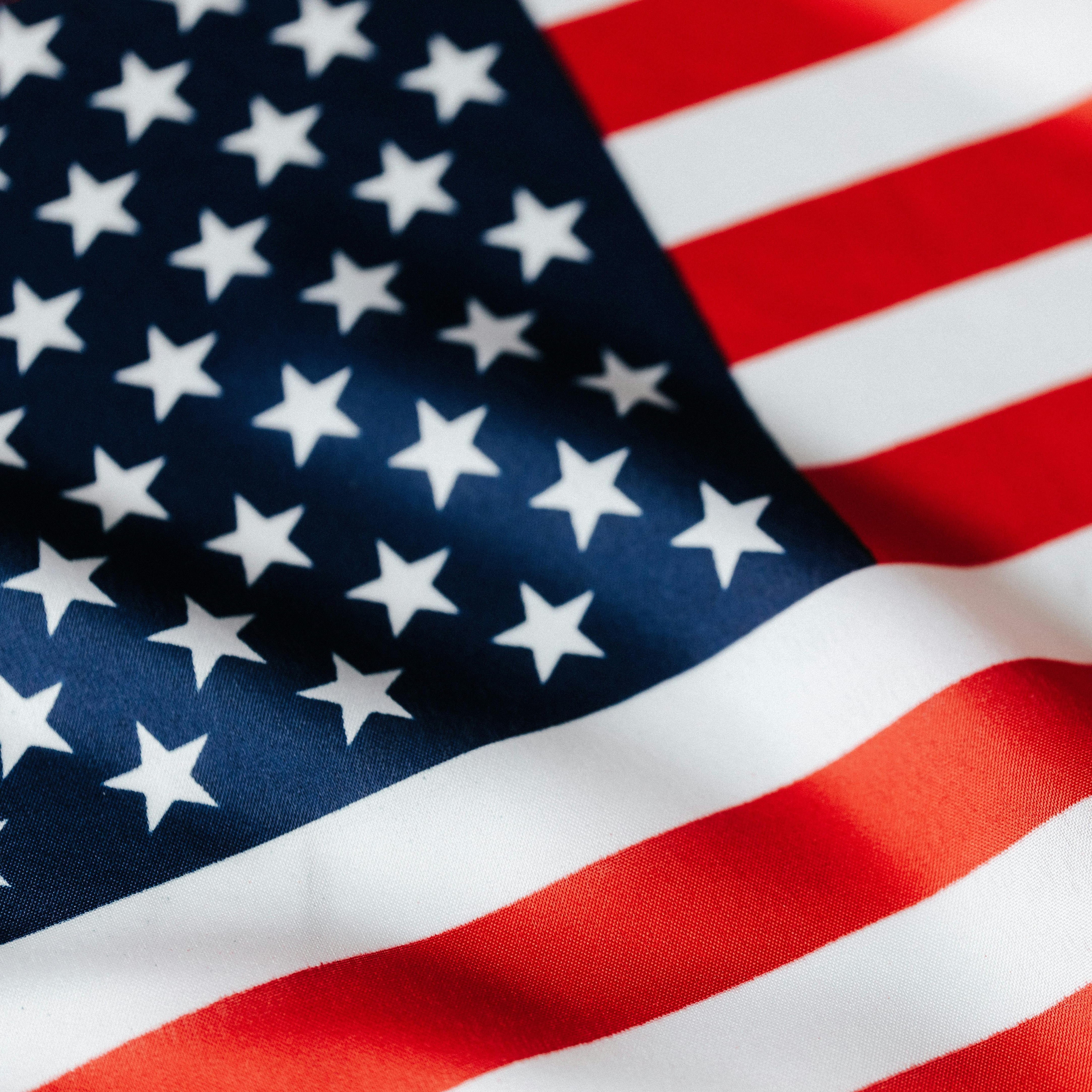
RFK Jr.’s Shocking Political Pivot: Analysis and Implications
In a recent discussion featured on the popular podcast hosted by Candace Owens, the topic of Robert F. Kennedy Jr. (RFK Jr.) emerged with some controversial viewpoints. Witnessing a notable shift in his public persona and political stance, many people are left questioning the authenticity of his transformation. In the age of political theater, concerns arise regarding whether personal beliefs have been compromised or manipulated by external pressures.
In COMPROMISED: RFK Jr. And Hollywood Exposed | Candace Ep 173, the discussion dives into the dramatic shifts in RFK Jr.'s political stance, prompting deeper reflection on the motivations behind such changes.
Understanding the Political Landscape
The overarching narrative presented by Owens captures a disillusionment with the political system, where promises made by elected officials seem to dissolve into thin air once they assume office. This sentiment resonates strongly with many Americans who feel like they are witnessing the same patterns repeat over different administrations. By framing RFK Jr.’s recent statements as contradictory to his previous positions, Owens emphasizes the perceived disconnect that exists between voter expectations and political actions.
Celebrity Influence and Political Rebranding
The involvement of celebrities in politics, as discussed on Owens’ podcast, highlights the complicated relationship between public perception and private motivations. By bringing guests like Howie Mandel and Jillian Michaels into the fold, the podcast illustrates how familiar faces can pivot opinions through mainstream media. RFK Jr. himself was portrayed as a figure who once advocated for vaccine awareness and public health, but his current trajectory raises questions about whether those advocating for him are being compromised.
Counterarguments: Diverse Perspectives on RFK Jr.
As this dialogue unfolds, it's crucial to consider diverse perspectives around RFK Jr. While some commended his advocacy in the past, others perceive his shift as a betrayal to those who supported him for his previous stances. This discrepancy in opinions is vital to explore, as it reflects the broader societal divisions those on the conservative side of the spectrum might experience in their own communities.
A Call to Reflect on Our Political Allegiances
In the end, the commentary surrounding RFK Jr.’s actions serves as a reminder of the complexities inherent in our political landscape. As citizens, it is essential to reflect on our support for candidates and consider the potential influences that may alter their commitment to the values they initially championed.
Understanding and questioning these shifts allow us to maintain clearer perspectives on the leaders we choose to support. Engaging critically with the messages from influencers and government figures is vital for preserving integrity in public discourse.
 Add Row
Add Row  Add
Add 




Write A Comment